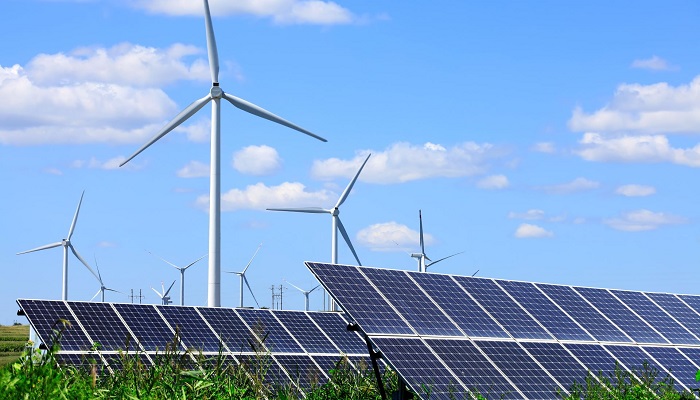Szeged in Hungary happens to be harnessing the power of geothermal energy, as it offers numerous advantages in terms of a sustainable resource and, at the same time, also reduces demand when it comes to fossil fuels.
It is well to be noted that the fight against climate change happens to be gaining momentum in Hungary. The European Union’s- EUs largest geothermal system is powering residential as well as commercial buildings across Szeged, which is based almost 160 kilometers from Budapest.
Geothermal energy has been made use for centuries, but this renewable energy resource is gaining renewed attention as a sustainable solution when it comes to electricity generation, heating, and cooling applications.
Szeged went on to launch the project after the local district heating provider went on to suggest that geothermal energy could very well replace the town’s old gas-powered system, which kind of dates back to the early 1980s.
According to the Chief Operations Manager at the District Heating Company of Szeged, Tamas Medgyes, the idea is to reduce gas use by almost 50%.
The fact is that with its network of 27 wells, 16 heating plants, and 250 kilometers of distribution pipes, the new system goes on to exploit thermal energy underground and, at the same time, also convert it into warm air.
Tamas added that Szeged gets pretty bad air in the winter. The largest CO2 emitter in the city happens to be the district heating system. This company has been operating on natural gas for around 40 years. In the last two or three years, they have been changing this gas-based system to geothermal.
Geothermal Energy- An introduction and how is it used?
Geothermal energy gets generated from the heat at the Earth’s core and happens to be stored in the mantle, or the Earth’s middle layer. The temperature difference between the Earth’s core and the surface drives a continuous flow of thermal energy from the center to the Earth’s crust.
The Earth’s crust happens to have solid rocks, minerals, and water heated to approximately 370°C. In order to avail hot geothermal water, engineers must go ahead and drill holes, sometimes even many kilometers deep.
According to a project manager at MedWater Ltd., Tamas Ezsias, geothermal water is a special kind of water that happens to be heated by the earth. So it is absorbing the heat of the geological area. And when it is taken out of the original area, they can go on to use this water for several purposes.
It is well to be noted that geothermal water also goes on to play quite a significant role when it comes to agriculture and is even made use of by the local authorities so as to melt snow and ice across major roads during the winters. Its constant temperature also happens to make it ideal for maintaining optimal conditions within the greenhouses.
It is worth noting that Szeged’s geothermal heating system happens to be the second largest in Europe after Iceland and is, as a matter of fact, the largest in the EU. The project cost almost €70 million and went on to provide clean, renewable, and affordable energy in order to cover more than 27,000 households and beyond 400 public buildings in the area.
The fact is that if the plan to halve gas consumption works, the District Heating Company of Szeged anticipates that CO2 emissions will dip by 30,000 tonnes annually.
There are experts who say the ‘Szeged model can go on to be replicated in other cities too, around 25% of the EU’s population resides in areas with sufficient geothermal resources.
The fact is that this renewable resource has gone on to prove its versatility as well as its potential to meet Hungary’s energy requirements while at the same time helping the EU go ahead and diversify its energy sources and also lessen its dependence on Russian gas imports.







































